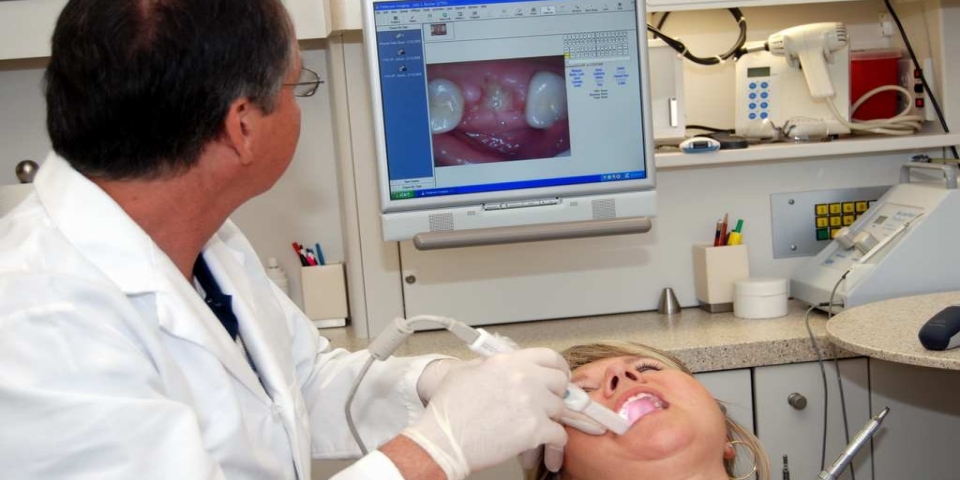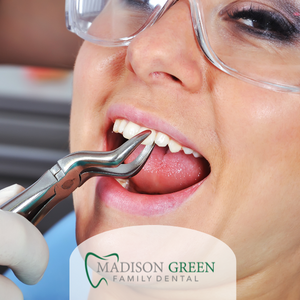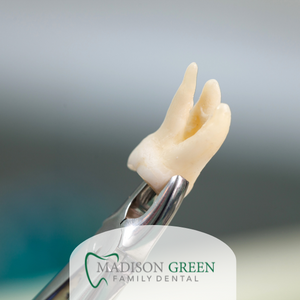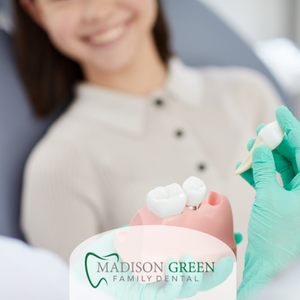Emergency Dental Extractions Vs. Simple Tooth Extractions
There are different segments of the teeth and each segment has its own specialties including the mode of extraction.
Simple tooth extraction has always been regarded as a routine process. But; as simple as the name may imply, it is mandatory that a proper assessment of the tooth and surrounding bone is done before the process to ensure that the tooth is in its exact shape and position. Although, oral surgery may be suggested if any complication is found during a surgical extraction.
In the case of emergency wisdom tooth removal, this can be done manually by the dentist or through an oral or maxillofacial surgery depending on the damage caused to the tooth. When searching for an emergency dental extraction near me, it’s important to understand that wisdom tooth removal can be done by a dentist or an oral surgery specialist.
If no complications are recorded in the shape and position of the tooth, it is easier to remove the tooth via the simple extraction method.
An emergency tooth extraction is done to correct a problem or to prevent a problem that might occur to the tooth in later life and should not be taken with levity. Research shows that having problems with wisdom teeth is very rare.
There of making it difficult to decide whether to have the teeth removed in order to prevent possible dental defects in the later future. Moreover, there is little or no risk attached to having your wisdom tooth removed either by the simple extraction method or by surgery.
After all, the age bracket for having a wisdom tooth infection is between the ages of 15 and 25. An individual is said to have a lesser risk of having a wisdom tooth infection when he or she is above 30 years of age.
Benefits of Emergency Wisdom Tooth Removal
When looking for a dentist who performs emergency wisdom tooth removal near me, there are a lot of benefits attached to the removal or extraction of wisdom teeth.
The jaw may not be large enough to accommodate the wisdom tooth and they may become impacted and find it uneasy to penetrate through your gums.
If extracted, this would be prevented and the wisdom tooth won’t be stuck in the jaw. Impacted teeth i.e stuck in the jaw can initiate problems such as infections, damage to the teeth and bone, cysts, etc all these can be prevented if the wisdom tooth is extracted in due time.
Gum disease and tooth decay in the wisdom tooth can as well be prevented if extracted as early as possible as this may cause difficulties while cleaning the other teeth and jaw in the area of the wisdom tooth.
The simple wisdom tooth extraction can be classified as one of the simple extractions in the world of dentistry. This is because the arrangement and layout of the tooth (compromising its root) accommodates an easy removal and restrictions on the tooth are lessened in such removal.
In the process of extraction, the tooth to be extracted is held in position by the periodontal ligament. The periodontal ligament is an embodiment of tiny fibers made of elastic tissue. The main aim of this ligament is to remove the tooth carefully from the gum by attaching the tooth to the supporting bone. Extracting the tooth becomes easier after it’s been detached from its supporting bone.
One of the primary concerns with people searching for an emergency extraction dentist near me is pain – “will it hurt” is a question we often hear.
Little or no pain is felt with the aid of local anesthesia. The extraction of the simple tooth is still incomplete until the bone grafting material is inserted unto the socket.
Moreover, this particular stage may look so infinitesimal in the simple tooth extraction but the material minimizes bone loss until a permanent replacement is made. Permanent replacement comes in various forms and types but for simple tooth extraction, a dental implant can be installed after tissue healing as a permanent replacement.
After wisdom teeth removal, you can expect mild discomfort accompanied by slight bleeding and swelling. Bleeding is controlled by applying sterile gauze on the site of extraction for a few minutes. But note that the size of the wound opening may also determine if stitches need to be applied or not. For a large wound opening, stitches may be applied to close it.
After these processes, instructions on how to care for and clean the site of extraction are then given to the patient by the dentist as well as antibiotics. These antibiotics reduce the chance of infections at the site of extraction and anti-inflammatory drugs can also be prescribed for any discomfort.





